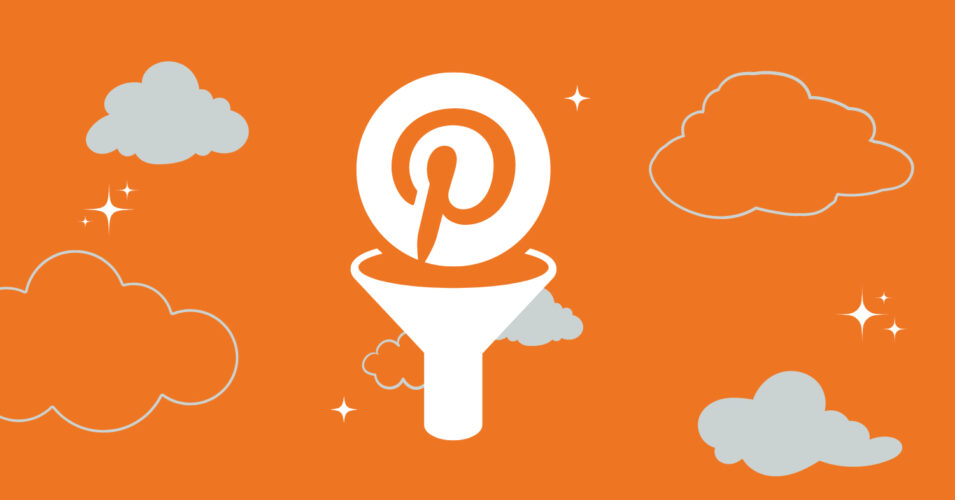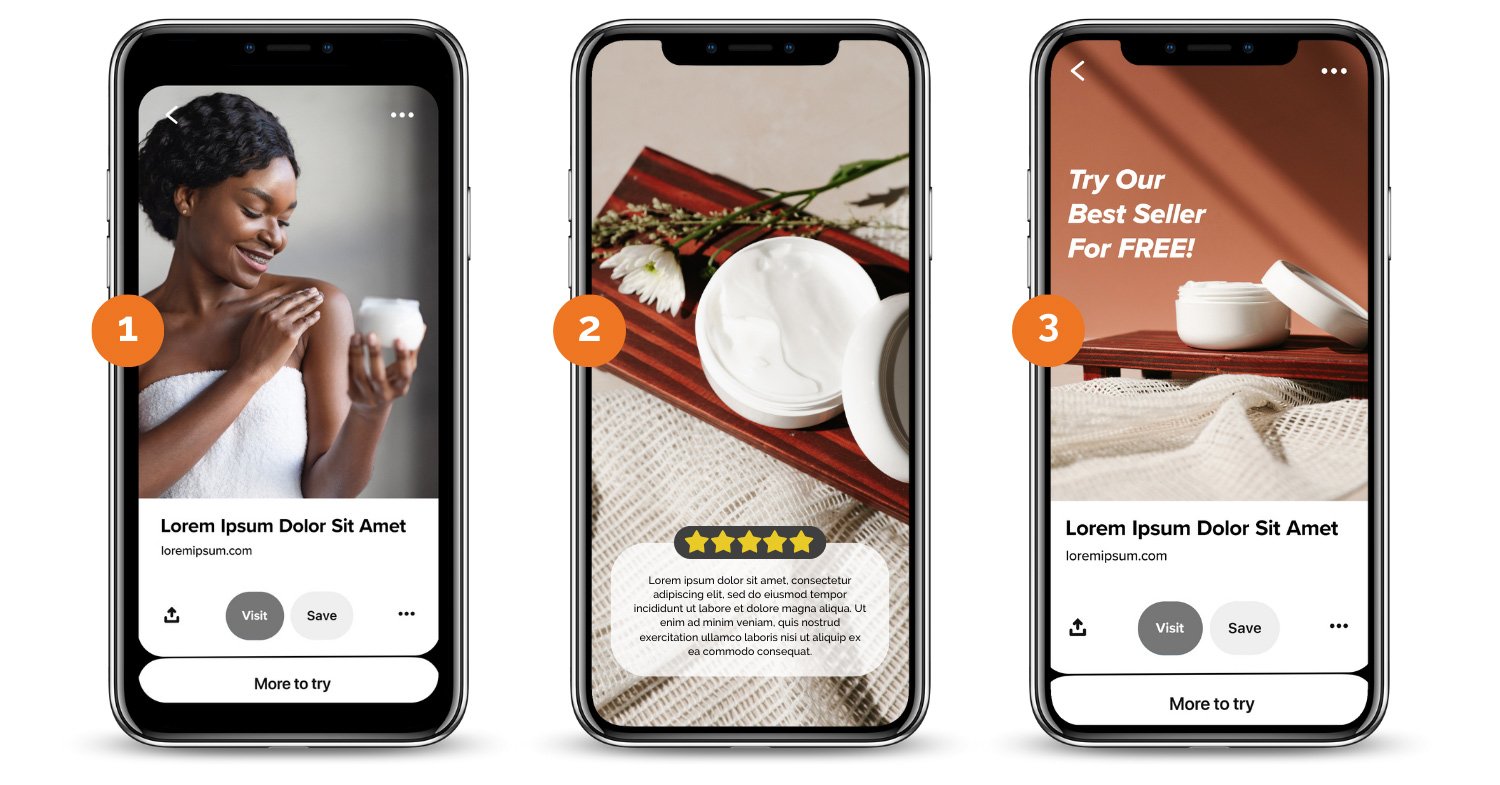Pinterest is no longer just a social platform for inspiration and discovery but also an opportunity for businesses to capture customers throughout the entire purchase funnel. With tools like promoted pins, businesses can generate brand exposure and drive app installations. As users engage with content, Pinterest offers dynamic retargeting ads to keep your company top-of-mind with potential customers who have shown interest in your products or services. By leveraging Pinterest’s full-funnel experience, your brand can reach its target audience and increase sales on the platform.
With this in mind, let’s dive a little deeper into the different components of Pinterest so you can get the full-funnel experience and use the platform to drive results!
Using Pinterest for Business
Pinterest is a powerful social media platform for businesses to reach and engage with their target audiences through visually appealing content. With over 450 million monthly active users, Pinterest marketing is prime to allow your business to showcase your products or services and drive traffic to your website. One of the main ways your company can leverage Pinterest is by creating a business account, which will allow you to access features like analytics, ad campaigns, and rich pins.
In the world of full-funnel marketing, rich pins are great because they provide additional information about a product, such as pricing and availability, making it easier for users to make a purchase. This feature can be beneficial for businesses in the eCommerce space. Additionally, your business can create boards that align with your brand and share content that resonates with your audience.
Another way businesses can utilize Pinterest is through social advertising. The giant social platform offers various advertising options, including the aforementioned promoted pins, promoted app pins, and promoted video pins. These advertising options allow businesses to reach a broader audience and drive conversions.
While we’re on the subject, we’d be remiss if we didn’t mention the fact that companies can use Pinterest to gain insights into their audience through analytics. When you’re paying attention to full-funnel attribution elements, it’s great to be able to see metrics such as engagement, impressions, and audience demographics, which you can use to optimize your Pinterest strategy and create content that really grabs the attention of your target audience.
Who Uses Pinterest, and What Are Their Objectives?
Pinterest has a diverse user base with a strong female demographic. According to Datareportal, 76.2% of Pinterest’s global users are female, and the platform is particularly popular among millennials. However, the user base is not limited to either of these demographics, as many men and Gen Z users also use the platform.
As far as a Pinterest strategy for brands, digital marketers need to understand that Pinterest users have various objectives when using the platform. Many people turn to Pinterest for inspiration and ideas, using the platform to plan events, find home décor, and check out the latest fashion and travel ideas. Others use Pinterest as a search engine to find information on specific topics, such as recipes or DIY projects. Additionally, many users rely on Pinterest for shopping, using the social platform to serve as a discovery tool for new products and a source of inspiration for potential purchases.
In terms of a full-funnel approach to marketing, businesses can leverage these user objectives to reach their target audience on the platform. For example, if you operate a home décor company, you might create boards with inspiration for different room designs. In the travel industry, you might create boards with travel guides and tips for various destinations. By understanding the objectives of Pinterest users, your brand can create rich and engaging content for the platform’s users.
How Can You Tailor a Pinterest Marketing Strategy to Your Audience Based on Funnel Stage?
Social media business marketing is a big deal these days. If you’re trying to figure out how to use Pinterest for business purposes, it’s important to tailor your strategy to your audience members based on the funnel stages they’re in. When you understand where users live in the funnel, you can create content that drives them toward conversion.
Here are a few tips:
1. Awareness Stage
At this stage, users are just beginning their journeys and may not be familiar with your brand. You can create visually appealing content that showcases your products or services in a way that captures the attention of potential customers. Content such as lifestyle shots, infographics, and explainer videos can be helpful at this stage.
2. Consideration Stage
When they hit the consideration stage, consumers have shown some level of interest in your brand and are considering making a purchase. To appeal to these users, you’ll want to create content that highlights the features and benefits of your offerings. Testimonials, product demos, and how-to videos can be effective at this stage.
3. Conversion Stage
Here, people are ready to make a purchase. To encourage conversion, publish posts that provide clear CTAs and make it easy for people to complete the buying process. Promotions, limited-time offers, and free trials can help get buyers over the finish line once they’ve arrived at this point in the funnel.
Contact ZGM to Assist With Your Social Media and Pinterest Campaigns!
Ready to start advertising on Pinterest? We’re ready to help! Touch base with our team at Zero Gravity Marketing to get started today!










